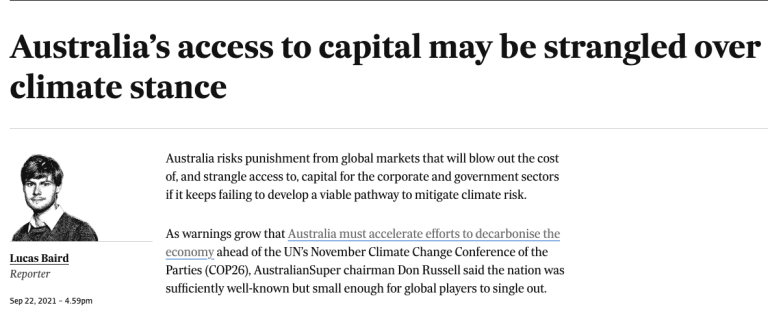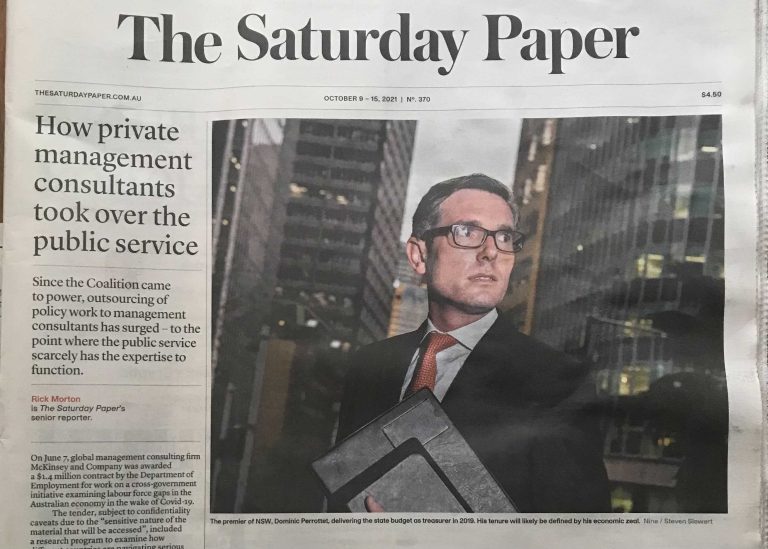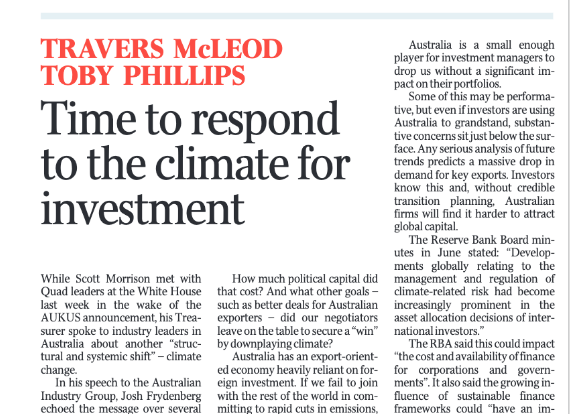4. Newstart allowance comparison….
Published in partnership with Crikey, the PromiseWatch 2013 series captures snapshots of the major parties’ platforms in major policy areas
The 11th-hour intervention of 50 prominent Australians to force the Prime Minister to increase the Newstart allowance in Tuesday week’s federal budget shows that while the national disability insurance scheme dominates the headlines, the related fate of the 13% of Australians living in poverty is unlikely to be forgotten.
Newstart has fast becoming a festering sore for the government, as critics from across the political spectrum line up to demand a rise in the base rate from a lowly $35 a day. The Australian Council of Social Services have even suggested the dole in Australia has become a human rights issue, marshaling international forces to attack the government over its apparent tightfistedness.
Newstart has also been under the spotlight following the Gillard government’s decision in January to switch recipients of Centrelink’s single-parent payment to the Newstart Allowance, and the subsequent introduction of a private members bill to reverse the changes by Greens Senator Rachel Siewert.
In concrete terms, Labor withdrew the more generous parenting payment from 84,000 Australians when their youngest child turns eight. The move drew scorn and condemnation from both the party’s Left faction and the Greens, who said the government was exploiting community hostility towards single mothers to paper over collapses in revenue. Overnight, some of these parents, in the immortal words of Melbourne indie rock quartet Dick Diver, literally found themselves on “Newstart again”.
The Greens’ bill sought to increase Newstart and Youth Allowance by $50 per week. Under the existing policy the maximum amount you can receive under Newstart is $663.70 per fortnight, with the majority of payments equaling $533 per fortnight, or approximately $35 per day.
To be eligible for the Newstart Allowance you must be over the age of 22, under the age of pension eligibility, and unemployed but actively seeking employment. You also need to enter into an employment pathway plan (EPP) with an employment services provider and Human Services. The EPP is a legal document that specifies the services that one is entitled to receive, and refusal to sign can result in a denial of paid income support.
Payments are reduced if the recipient earns more than $62 per fortnight before tax. Additional earnings of between $62 and $250 reduces the allowance by 50 cents on the dollar, and any income of over $250 will reduce the allowance by 60 cents on the dollar.
At its current rate, those living on the Newstart Allowance are below the poverty line, as defined as 50% of median disposable income. The current poverty line in Australia is $358 per week for a single person and $573 per single parent (ACOSS, 2012). The corresponding benefit rates under Newstart per week equal $256.30 for a single person and $266.50 for a single parent. By comparison, the disability pension is $375 a week, and the minimum wage is $590.
A boost to the Newstart payment has support across the political spectrum — conservative economists say it condemns recipients to a life of desperation and depression, while the welfare sector is united in its support for a substantial rise. Business Council of Australia president Tony Shepherd called for a jump during his recent National Press Club address, and progressives have noted the Newstart base payment has not increased in real terms since the Keating government in 1994.
Supporters of the status quo point out that Newstart is not meant to be a long-term solution to unemployment, with some viewing it as more “a short-term payment between jobs”. Its rate is meant to encourage recipients to move quickly from the dole to paid employment.
So where do the major parties officially stand on the dole? Check out the CPD policy snapshot on Crikey




